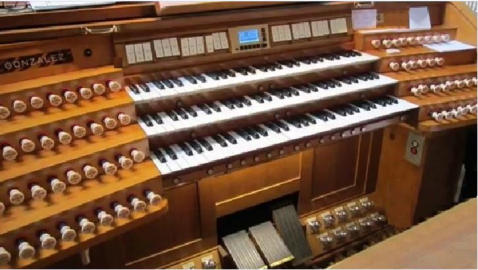


ORGANS OF PARIS © 2024 Vincent Hildebrandt HOME ALL ORGANS
Eglise Protestante Unie
Oratoire du Louvre
145, rue Saint-Honoré, 75001 ParisOrgue de tribune OdC >


The Oratoire du Louvre was the royal chapel of the
kings of France from 1623 onwards. It was an
enlargement of a former private building which
became a chapel in 1616. The last three bays of the
nave and the facade were not completed until
1740.
In 1811, it was given to the Protestants by
Napoleon. The Higher Rooms, the tribunes and the
entrance tambour were built between 1820 and
1828 and the Gallery-terrace was built by Baltard
(who was Protestant) during the construction of
the rue de Rivoli in 1854.

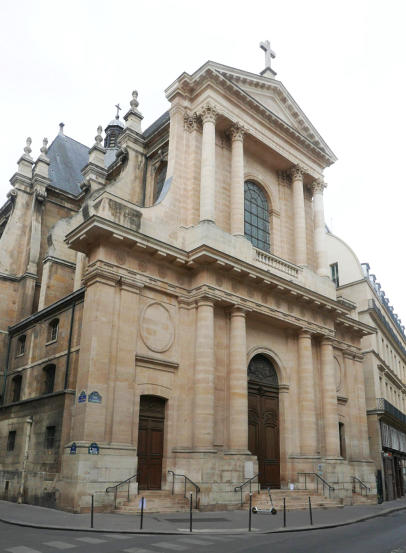
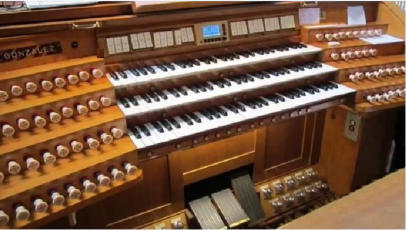
1962 - Danion-Gonzalez (3)
1987 - Jean-Marc Cicchéro (6)
2015 - Dargassies (5)
III/67 (58) - transmission électrique -
composition
Organiste titulaire
David Cassan, Sarah Kim
Assistants: Alexandre Korovitch, Aurélien Peter
Famous organists in the past:
•
Henriette Puig-Roget (1934-1952)
•
Marie-Louise Girod (1941-2008)
Concerts
Every Saturday of the month at 5 PM
Services with organ
Sunday, 10:30 AM
Videos
Jean-Dominique Pasquet (ancien titulaire)
Photo organ case: Jeroen de Haan
Photo console : Thierry Correard
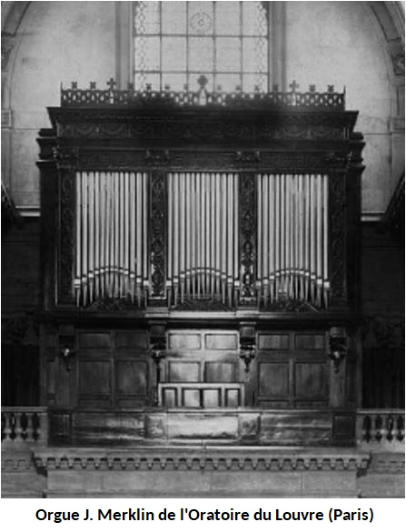
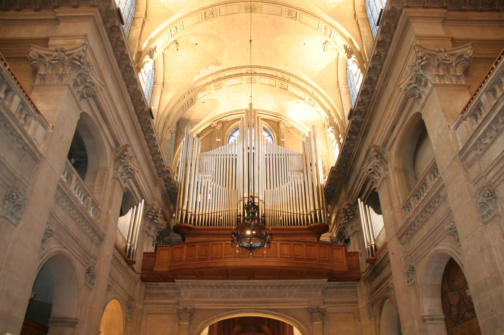
Organs of Paris
Eglise Protestante
Unie
Oratoire du
Louvre
145, rue Saint-Honoré, 75001 ParisOrgue de tribune OdC >
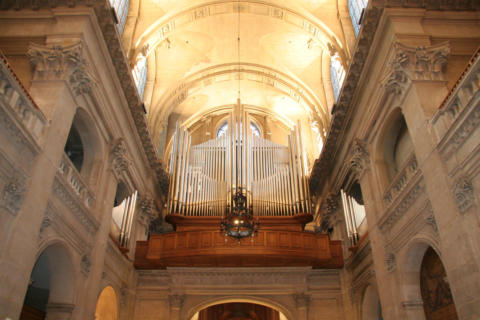
ORGANS OF PARIS © 2024 Vincent Hildebrandt ALL ORGANS
Organiste titulaire
David Cassan, Sarah Kim
Assistants: Alexandre Korovitch, Aurélien Peter
Famous organists in the past:
•
Henriette Puig-Roget (1934-1952)
•
Marie-Louise Girod (1941-2008)
Concerts
Every Saturday of the month at 5 PM
Services with organ
Sunday, 10:30 AM
Videos
Jean-Dominique Pasquet (ancien titulaire)
Photo organ case: Jeroen de Haan
Photo console : Thierry Correard
1962 - Danion-Gonzalez (3)
1987 - Jean-Marc Cicchéro (6)
2015 - Dargassies (5)
III/67 (58) - transmission électrique -
composition
